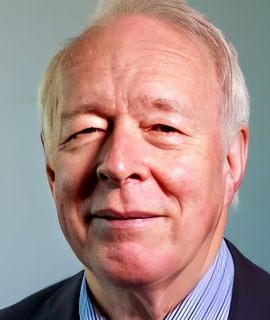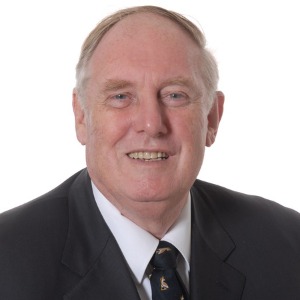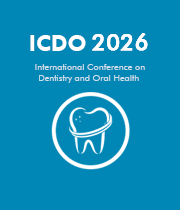Hypodontia
Hypodontia, a dental anomaly characterized by the congenital absence of one or more teeth, presents unique challenges in the field of dentistry. This condition can affect both primary and permanent dentitions, impacting oral function and aesthetics. Commonly observed in the permanent dentition, especially the lateral incisors and second premolars, hypodontia can be associated with genetic factors and developmental issues. Diagnosis and management of hypodontia involve a multidisciplinary approach, often requiring collaboration between orthodontists, oral surgeons, and prosthodontists. Treatment options may include orthodontic interventions to close gaps, prosthetic solutions such as dental implants or bridges, and cosmetic procedures to enhance the overall smile. While hypodontia is not always associated with significant health issues, its impact on oral health and self-esteem underscores the importance of early detection and intervention. Dental professionals strive to provide personalized and comprehensive care to individuals with hypodontia, addressing both the functional and aesthetic aspects to enhance overall oral well-being.

David Geoffrey Gillam
Queen Mary University of London, United Kingdom
Christopher Turner
Spacemark Dental, United Kingdom




Title : Evaluating hygienist follow up for head and neck oncology patients in secondary care: Results from a two cycle audit
Peter Basta, Newcastle Dental Hospital, United Kingdom
Title : Atypical facial pain unravelled
Christopher Turner, Spacemark Dental, United Kingdom
Title : New treatment of temporomandibular disorder through muscle balance and muscle regeneration by activation of quiescent muscle stem cells( satellite cells) with mitochondrial dynamics
Ki Ji Lee, National Reserach Foundation & Busan Medical University, Korea, Republic of
Title : Cutaneous, Cranial, skeletal and dental defects in patients with Goltz syndrome
Ali Al Kaissi, National Ilizarov Medical Research Center for Traumatology and Orthopaedics, Russian Federation
Title : The nature and management of dental erosion in patients with bulimia nervosa
Maya Fahy, The Royal Victoria, School of Dentistry, United Kingdom
Title : A systematic review on the early detection of oral cancer using artificial intelligence and electronic tongue technology
Maryam, Kardan Dental Clinic, Iran (Islamic Republic of)